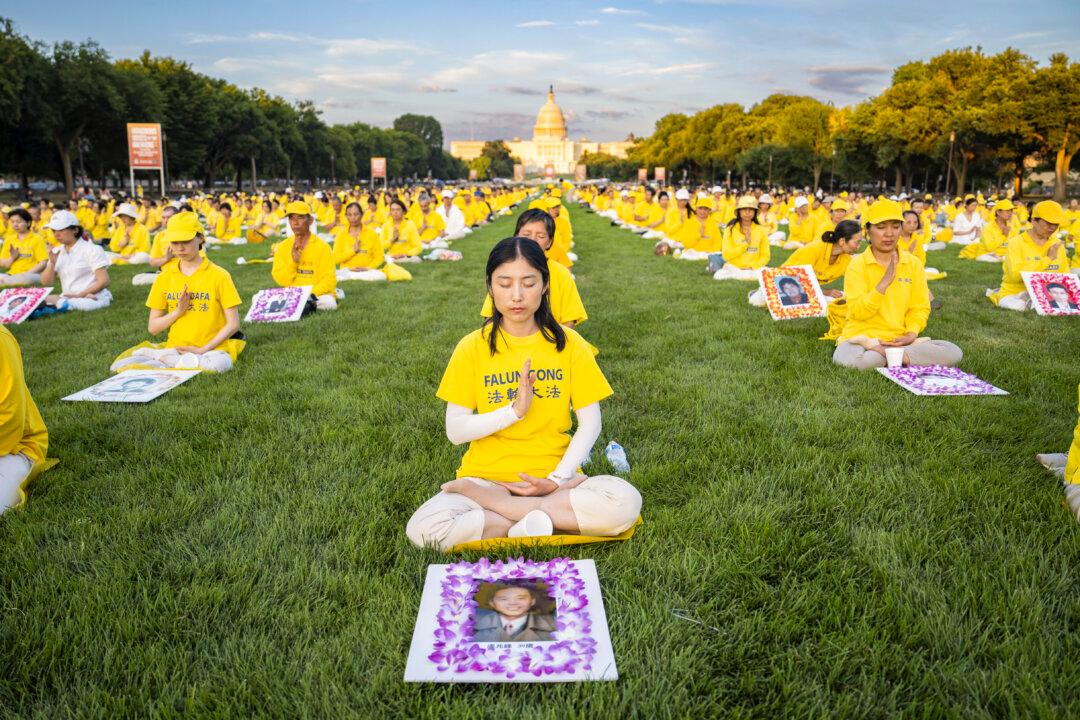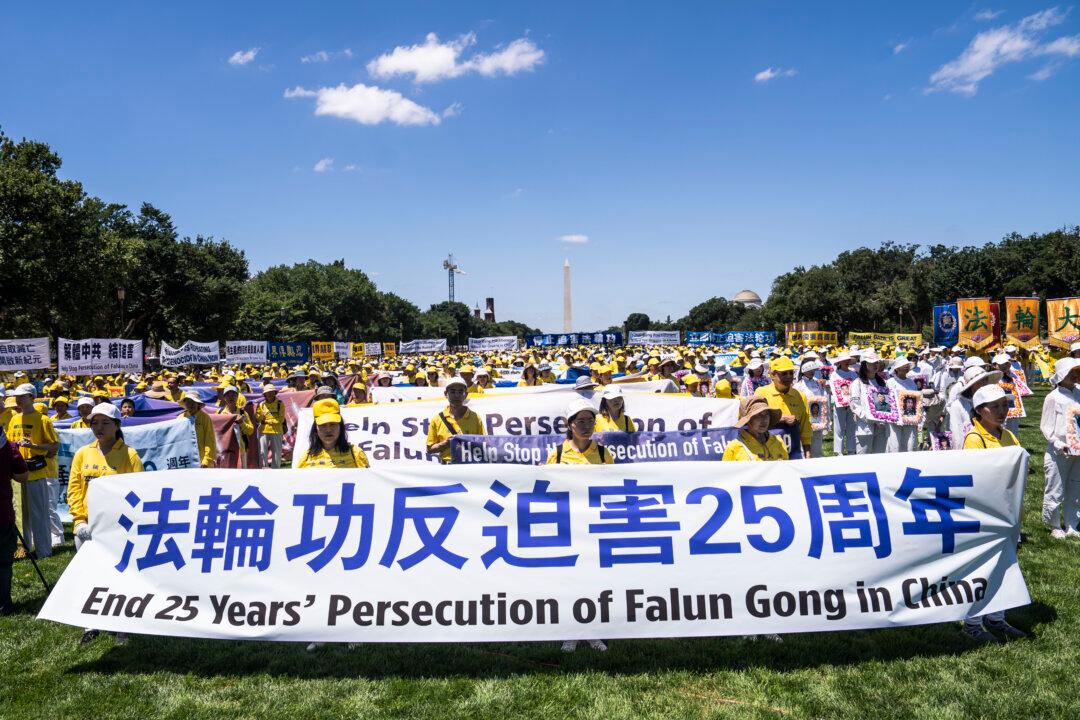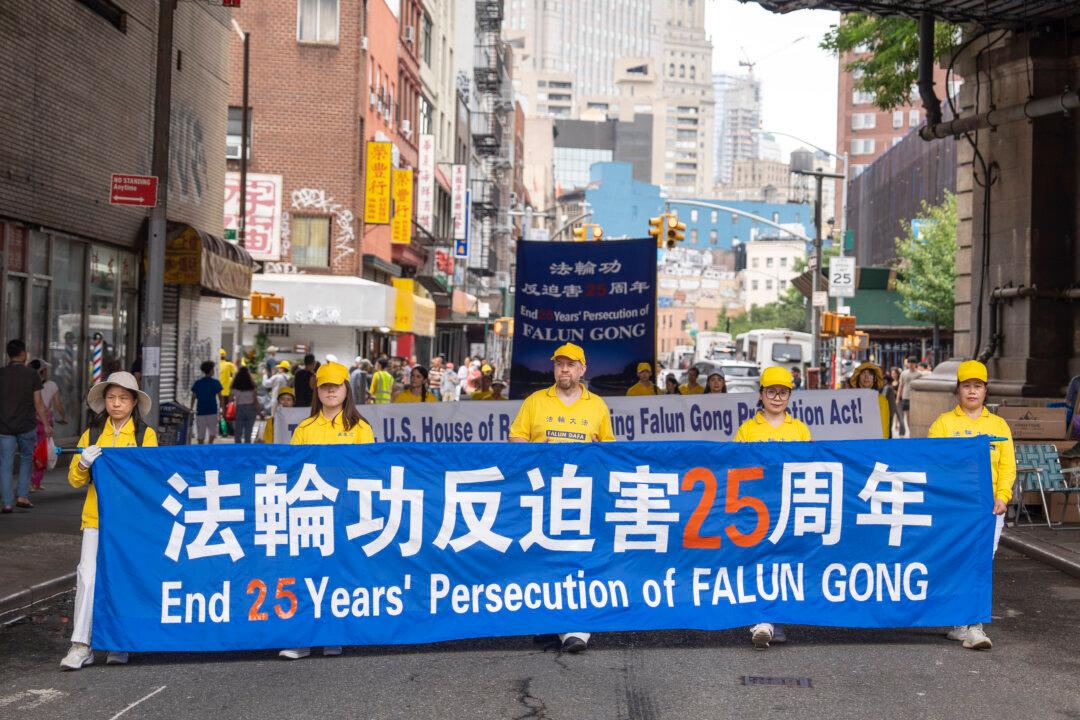Property prices in a small city in China’s northeastern Heilongjiang Province nosedived in 2021 to the point they are the lowest in the country, and the local government is China’s first to undergo fiscal consolidation.
Hegang, a city with a population of less than 900,000, is regarded as a Tier 5 city in China. As early as 2019, an older apartment with a floor area of 40 square meters (about 431 square feet) sold for $4,700.
In China’s Tier 1 cities—Beijing, Shanghai, Guangzhou, and Shenzhen—home prices could be dozens of times higher than those in Hegang. Thus, Hegang housing prices are called “cabbage prices.”
City on the Brink of Bankruptcy
The city’s budgetary review of 2020 showed that public expenditures were $2.1 billion and revenues were $363 million, indicating serious overspending, according to a report of the Chinese edition of The Epoch Times in January.“It means that the city of Hegang is insolvent and is going bankrupt,” Frank Tian Xie, Professor of Marketing and John M. Olin Palmetto Chair Professor in Business at the University of South Carolina Aiken, said in a recent interview with The Epoch Times.
Hegang used to be one of the four major coal hubs in Heilongjiang Province. With the depletion of coal resources, the city has yet to transition to other industries. On top of that, residents have been leaving the city for more prosperous centers.
Data from China’s seventh national census shows that the population of Hegang was 891,271 as of Nov. 1, 2020, a decline of 15.81 percent from a decade ago.
Wang He, a U.S.-based commentator on current affairs, told the Chinese edition of The Epoch Times that the actual situation in Hegang may be even worse than it looks because the Chinese Communist Party (CCP) habitually falsifies data reports.
An overall economic downturn in China, along with Chinese property developers defaulting on huge debts, and the impact of the COVID-19 epidemic have compounded Hegang’s financial situation, according to Wang.
Professor Xie added that another factor affecting the Hegang government’s huge deficit is the large number of civil servants it employs, which is common in the Chinese regime.
“The CCP expands blindly at all levels of government. Some county governors and mayors have more than a dozen deputies, and more and more people want to work in the government. The huge team of government employees also contributes to the bankruptcy,” Xie said.
The diving property prices are spreading to China’s wealthy eastern Yangtze River Delta area, centered around Shanghai, and the southern Greater Bay Area, centered around Guangdong Province and Hong Kong.





